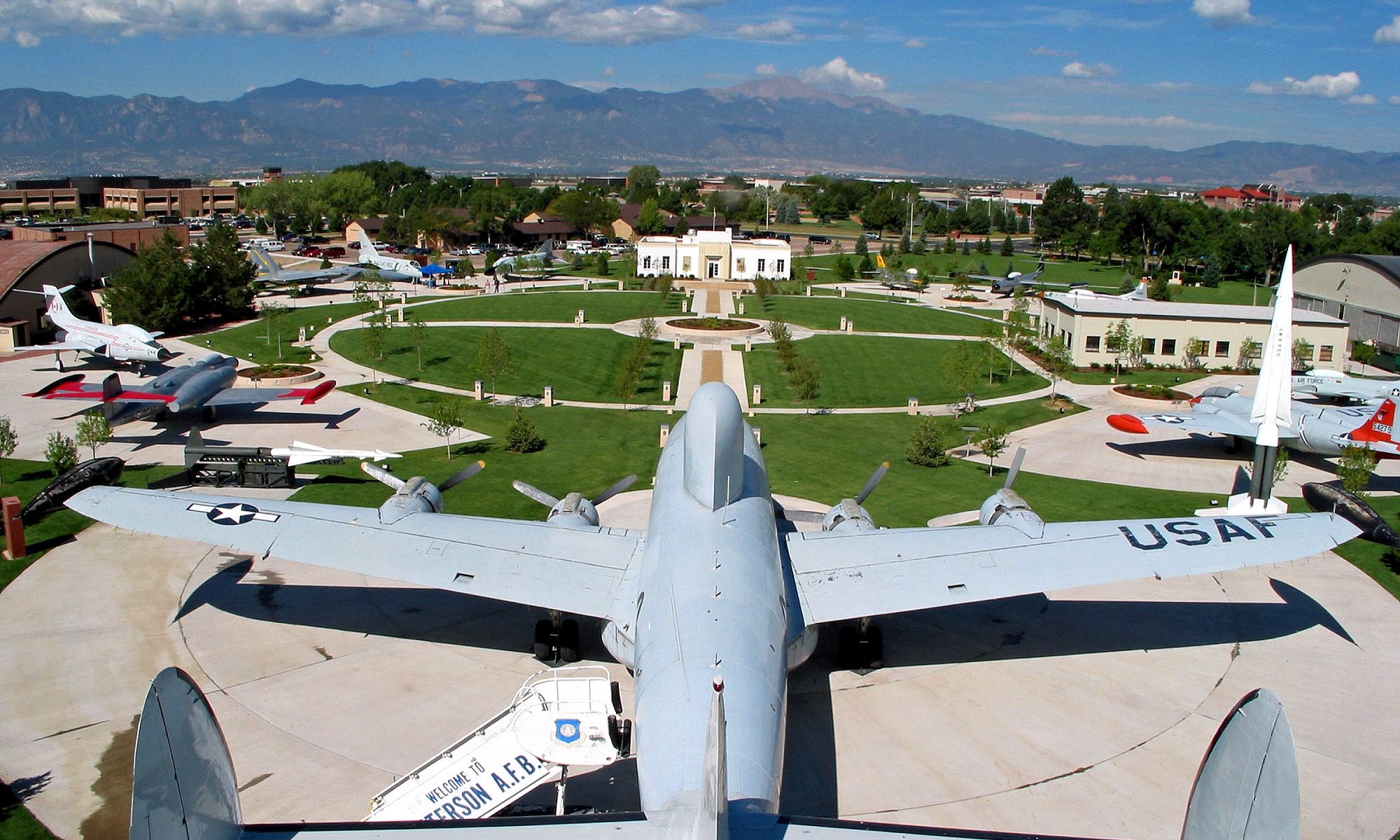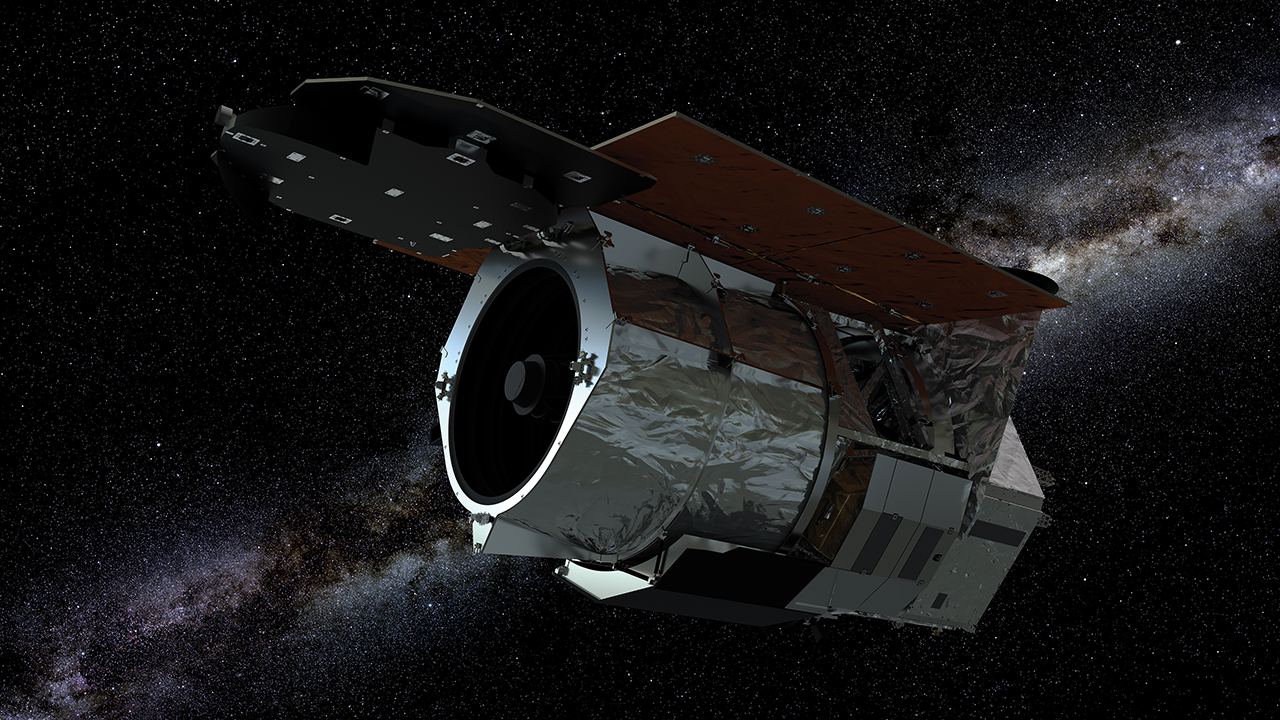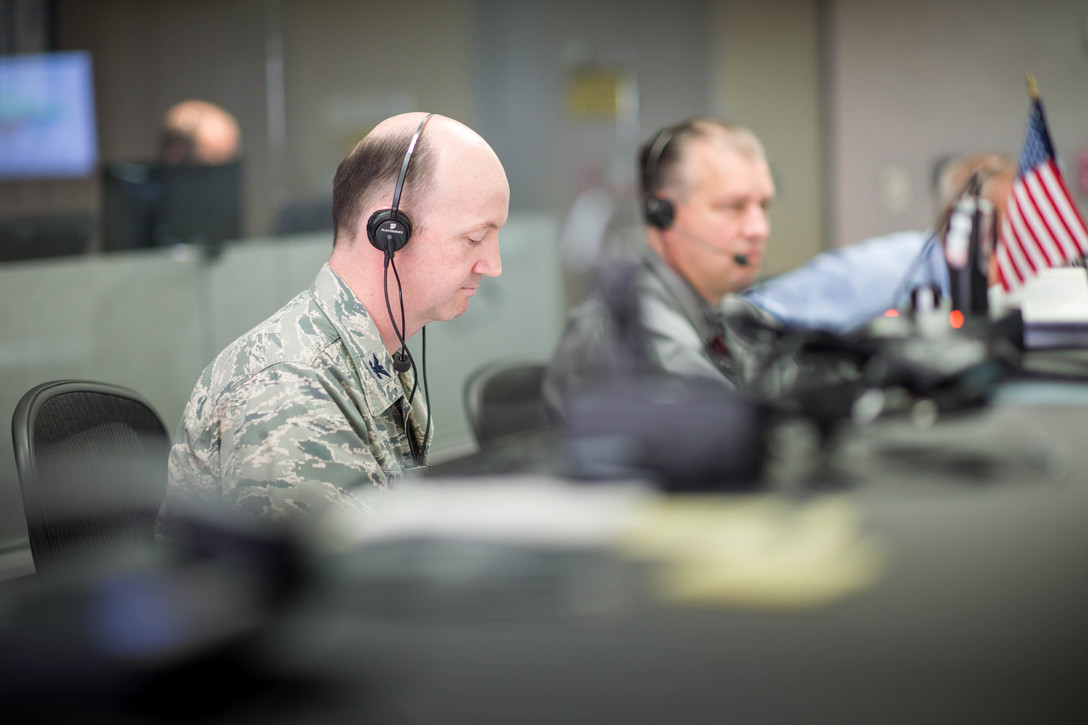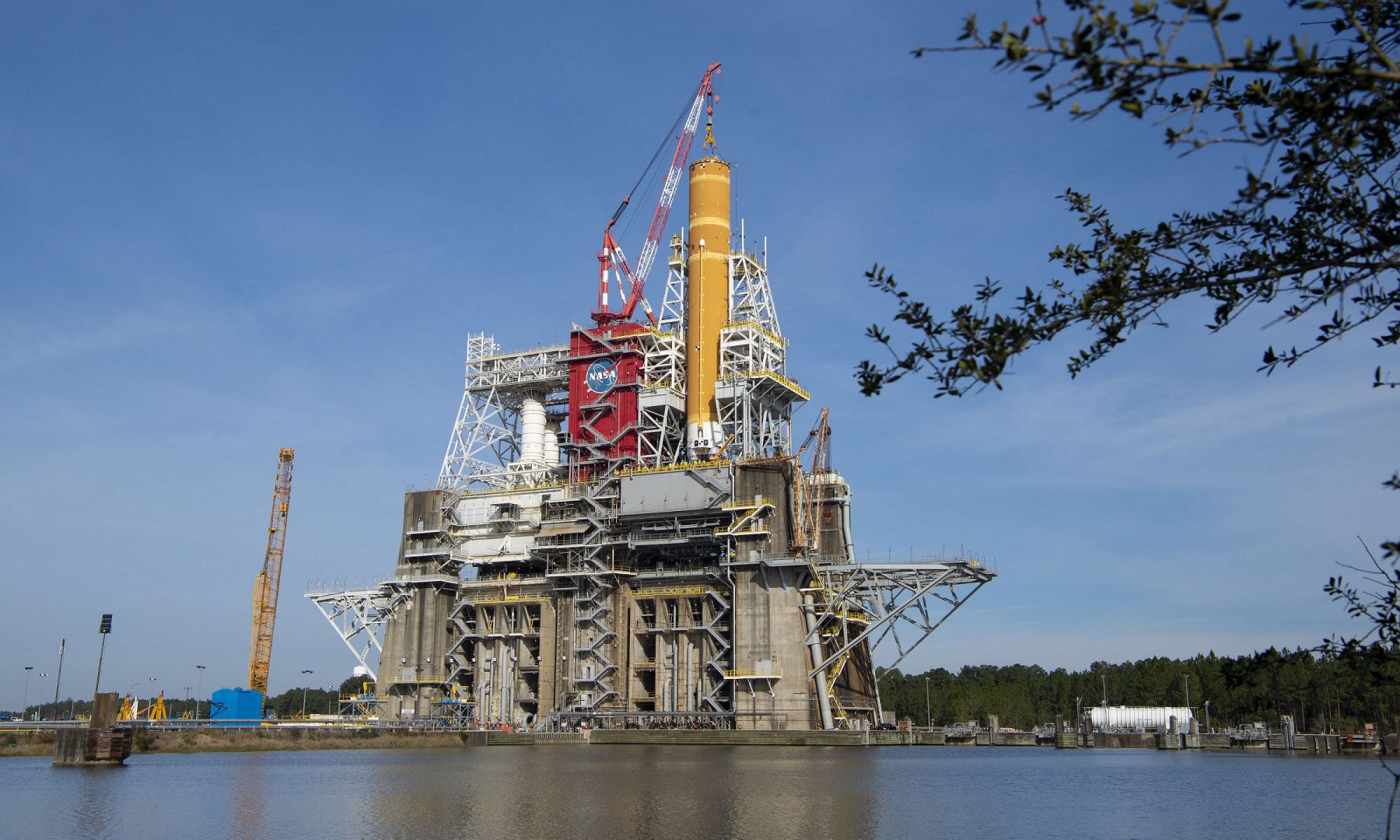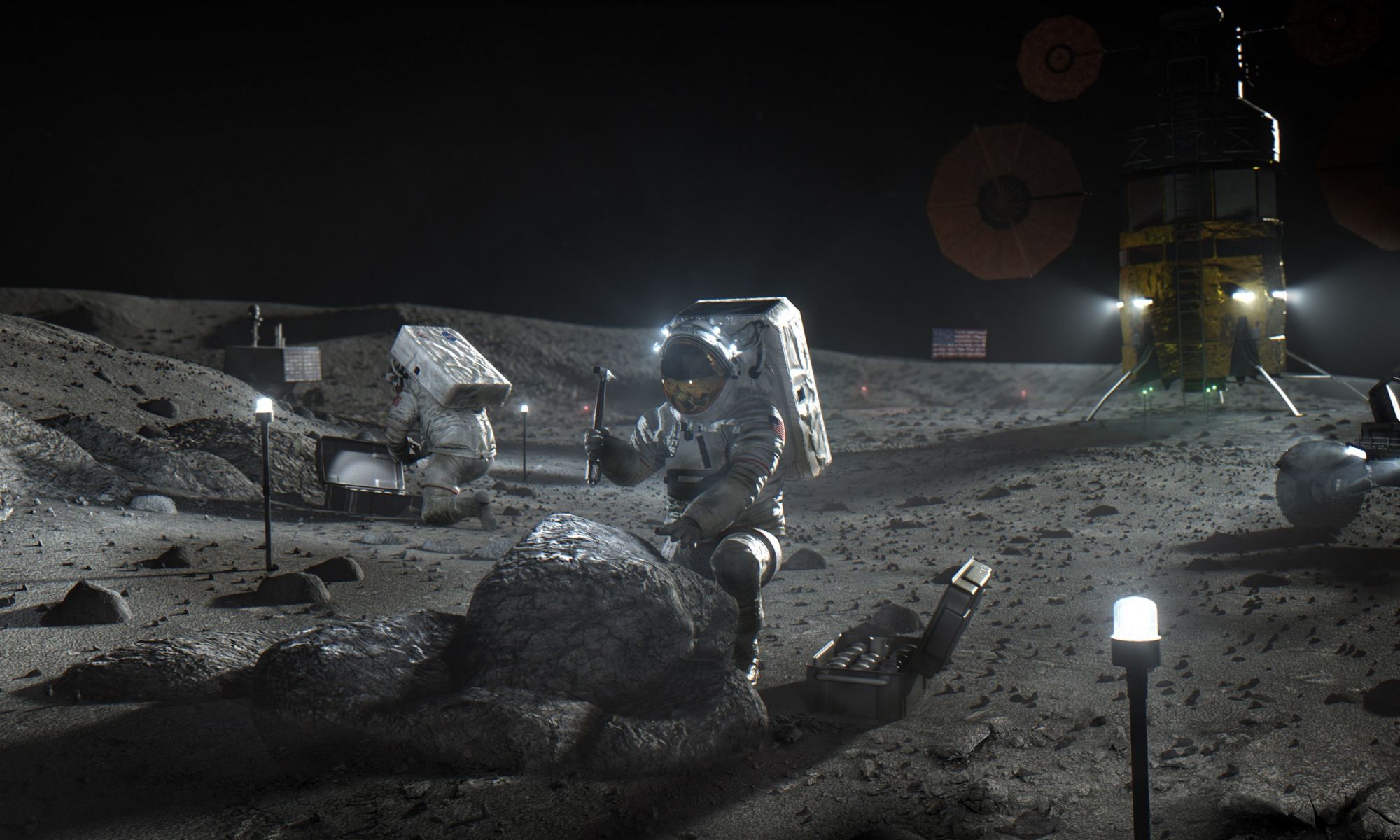Tomorrow, Wednesday, May 27th, NASA and SpaceX will make history as they conduct the long-awaited second demonstration of the Crew Dragon spacecraft. Dubbed Demo-2, this mission will not only see SpaceX’s crewed spacecraft sent to space for the first time with astronauts aboard, it will also be the first time since 2011 (and the retiring of the Space Shuttle) that astronauts are launched from US soil.
Continue reading “NASA and SpaceX Gearing Up For Historic Crew Dragon Launch This Week”NASA and SpaceX Gearing Up For Historic Crew Dragon Launch This Week


